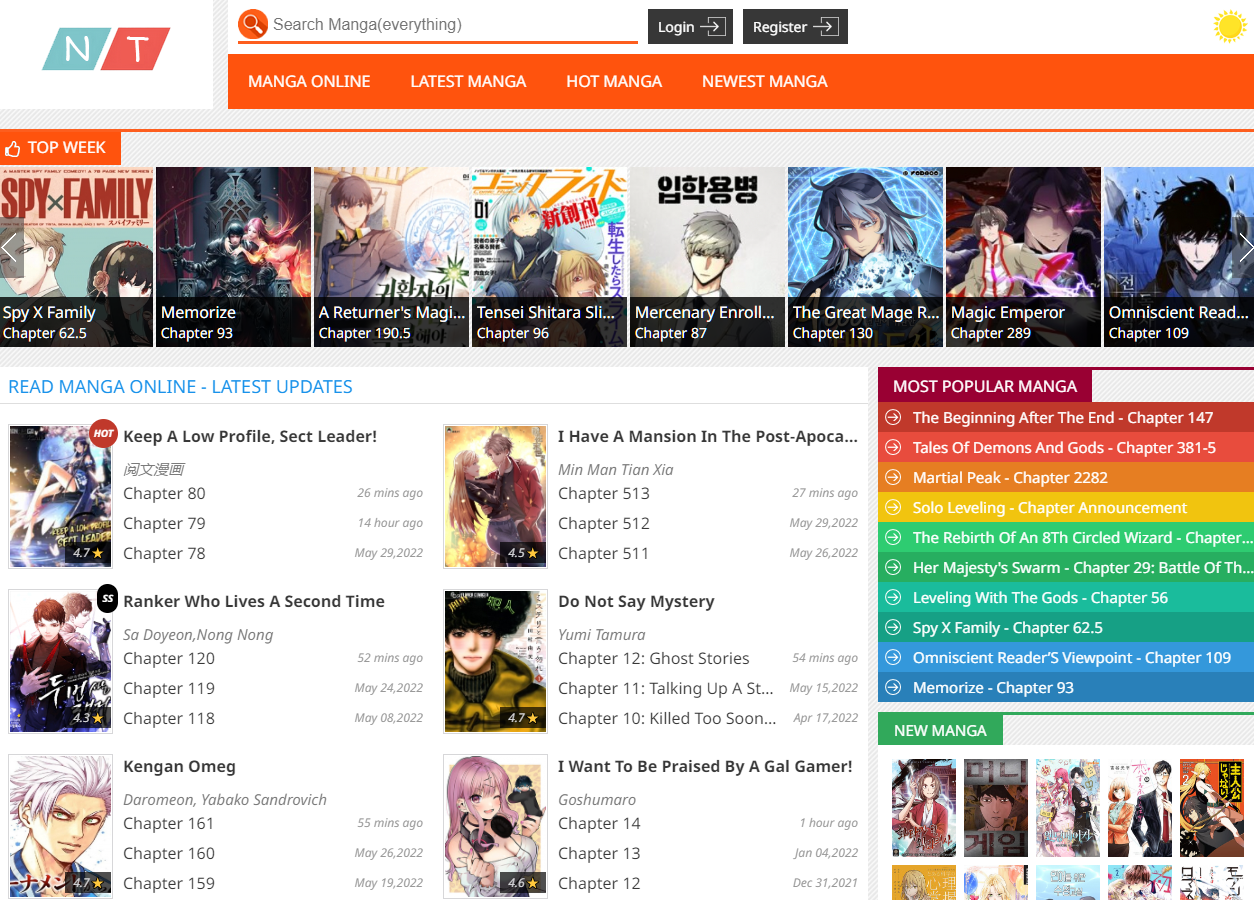🌟 Dịch Vụ Chất Lượng Cao 🌟
✓ 301 Redirect: Chuyển hướng domain an toàn, giữ nguyên giá trị SEO
✓ Guest Post: Đăng bài chất lượng trên các website uy tín
✓ Hỗ trợ tư vấn 24/7
✓ Báo giá cạnh tranh
✓ Thời gian xử lý nhanh chóng
📱 Liên hệ ngay qua Telegram: @subdomaingov
⚡ Hỗ trợ tư vấn miễn phí
isekai ntr
₫229.993
isekai ntr ©: Find Trending Manga Instantly
Product description
Exploring the Cultural Intersection of Manga and Music - A Comprehensive Manga Summary of Hagio Moto's Age Of The Beatles Illustrated Essay
In this article, we will delve into a fascinating Manga summary Hagio Motos Age Of The Beatles Illustrated Essay, exploring the intricate connections between manga, music, and cultural identity. By examining Hagio Moto's illustrated essay, we can gain insights into the profound impact that The Beatles had on Japanese society during their peak, as well as the ways in which this influence is reflected through the art of manga.
The Genesis of Manga: An Artistic Revolution
Manga, a unique form of visual storytelling originating from Japan, has a rich history that intertwines with various aspects of culture, technology, and global influences. Understanding the genesis of manga is crucial for appreciating how it evolved, especially in relation to Western music phenomena like The Beatles.
Historical Context of Manga
The roots of manga can be traced back to ancient Japanese art forms, such as ukiyo-e, which depicted scenes of everyday life. However, it wasn't until the post-World War II era that modern manga began to take shape.
This period saw an influx of Western media, including comics and films, which significantly influenced Japanese artists. The cultural vacuum created by the war allowed artists to explore new themes and styles.
Hagio Moto, a pioneering figure in the world of manga, emerged during this transformative time. Her works often transcend traditional genre boundaries, capturing the complexities of human emotions and societal changes.
The Beatles' Arrival in Japan
In the 1960s, The Beatles not only revolutionized music but also sparked a cultural movement that transcended borders. Their arrival in Japan marked a significant moment in the country's engagement with Western pop culture.
The Beatles’ music resonated deeply with the youth of Japan, who found solace and inspiration in their lyrics and melodies. This connection was not merely superficial; rather, it represented a yearning for self-expression and individualism, ideals that were often stifled in post-war Japan.
Hagio Moto's work embodies this spirit of change, reflecting the societal shifts occurring at the time. Through her illustrations, we can see how The Beatles became a metaphor for freedom and creativity in an otherwise rigid society.
The Influence of The Beatles on Manga Creators
As The Beatles gained immense popularity, many manga artists, including Hagio Moto, began to incorporate elements of their music and persona into their works. This integration of Western culture into manga created a vibrant exchange, enriching both forms of art.
Artists drew parallels between the rebellious nature of rock music and the counter-culture movements emerging in Japan. Themes of love, loss, and discovery were explored in ways that hadn’t been seen before in manga, showcasing a more sophisticated approach to storytelling.
Hagio Moto’s works stand out because they encapsulate the essence of this cultural juxtaposition. She skillfully wove the narrative threads of her characters’ lives with the soundscapes inspired by The Beatles, creating a profound dialogue between the two mediums.
Analyzing Hagio Moto's Style and Approach
Hagio Moto's unique storytelling style is a blend of poignant visuals and compelling narratives. Her ability to capture emotional depth within her characters sets her apart from other manga artists, making her works a rich subject for analysis.
Visual Storytelling Techniques
One of the hallmarks of Hagio Moto’s work is her innovative use of visual storytelling techniques. She employs a combination of expressive character designs, dynamic panel layouts, and symbolic imagery to convey complex emotions.
For example, the use of close-up shots allows readers to connect intimately with characters, portraying their inner turmoil or moments of joy with striking clarity. By manipulating space and perspective, Moto creates an immersive reading experience that mirrors the intensity of The Beatles' music.
Moreover, her illustrations often include abstract representations of sound—a technique that effectively bridges the auditory world of music with the visual realm of manga. This synergy enriches the reader’s understanding of characters' emotional states, making the narrative more impactful.
Character Development and Complexity
Hagio Moto’s characters are not mere archetypes; they are multi-dimensional beings grappling with their identities against the backdrop of a rapidly changing society. Influences from The Beatles provide a rich foundation for character exploration.
Through her protagonists, Moto addresses issues of existentialism, social alienation, and the quest for authenticity—themes echoed in the lyrics of The Beatles. Readers witness characters struggling with their aspirations, much like the iconic band members who sought to break free from societal constraints.
For instance, characters may find themselves torn between familial expectations and personal desires, mirroring the cultural tensions prevalent in 1960s Japan. This internal conflict resonates deeply, as it echoes the universal struggle for self-identity amid external pressures.
Thematic Integration of Music and Emotion
The thematic integration of music in Hagio Moto's works serves to enhance emotional resonance. The Beatles’ songs often touch on themes of love, friendship, and the passage of time—concepts that Moto masterfully weaves into her narratives.
By aligning her stories with specific songs or albums, she creates a soundtrack that guides the reader’s emotional journey. This heightened connection between visuals and music invites readers to experience the story on multiple levels.
Additionally, the interplay between song lyrics and narrative arcs invites an exploration of lyrical interpretation. Moto encourages readers to reflect on personal experiences and interpretations, allowing them to engage actively with the story.
The Cultural Impact of "Age of The Beatles"
Hagio Moto’s Age of The Beatles illustrated essay is more than just an artistic homage; it serves as a critical commentary on the intersection of music and youth culture in Japan. This work encapsulates the dreams, struggles, and aspirations of a generation influenced by The Beatles.
Societal Reflections in the Manga
Moto’s illustrated essay reflects the societal changes taking place in Japan during the 1960s and beyond. The Beatles epitomized the desire for freedom and individuality, concepts that resonated with Japanese youth striving for identity amid conformity.
In her work, Moto captures the vibrancy and restlessness of this generation. She explores how the cultural landscape shifted as Western influences permeated Japanese society, leading to new modes of expression and rebellion.
Her portrayal of youth culture extends beyond mere admiration for The Beatles; it is a deeper exploration of the yearning for liberation that characterized this era. Readers are invited to understand the complexities of these social dynamics through the lens of her characters’ experiences.
Illustrating the Music Experience
The Age of The Beatles serves as a visual symphony, illustrating the essence of the music and its impact on the lives of young people. Moto’s ability to depict the euphoria of musical performance, the camaraderie among fans, and the intimate moments of listening creates a vivid tapestry of the music experience.
Through her illustrations, one can almost hear the music resonating within the panels. Each image evokes a feeling or memory associated with The Beatles, bridging the gap between visual and auditory experiences.
This fusion amplifies the immersion and emotional engagement for readers, allowing them to relive the magic of the music alongside the characters. It’s a testament to Moto's skillful crafting of narrative and visual elements.
Bridging Two Cultures
The Age of The Beatles exemplifies the power of art in transcending cultural barriers. By merging the worlds of manga and Western music, Hagio Moto creates a dialogue that celebrates diversity and shared human experiences.
Her work encourages readers to appreciate the interconnectedness of cultures, emphasizing that art is a universal language. As audiences explore the ways in which The Beatles influenced Japan, they are reminded of the beauty inherent in cultural exchanges.
Furthermore, Moto's manga serves as a bridge for younger generations to understand the cultural significance of The Beatles. Through her illustrations, she ensures that the legacy of this iconic band continues to resonate, fostering appreciation across diverse audiences.
FAQs
What is the main theme of Hagio Moto's Age of The Beatles?
Hagio Moto's Age of The Beatles primarily explores themes of youth identity, cultural change, and the quest for freedom, all while being influenced by the music and ethos of The Beatles.
How does Hagio Moto integrate music into her manga?
Moto integrates music by using visual storytelling techniques, aligning narratives with specific songs, and depicting emotional experiences related to musical encounters, thus enhancing the reader's engagement.
What impact did The Beatles have on Japanese culture according to the manga?
The Beatles significantly influenced Japanese youth culture by introducing themes of individuality, self-expression, and rebellion, challenging traditional norms within society.
In what ways does Moto's art reflect her characters' emotions?
Moto's art captures her characters' emotions through expressive visuals, dynamic compositions, and symbolic imagery, allowing readers to connect deeply with their experiences and feelings.
Why is Hagio Moto considered a pioneering figure in manga?
Hagio Moto is regarded as a pioneering figure due to her innovative storytelling, complex character development, and ability to tackle profound themes that resonate across cultural contexts, particularly in relation to music and identity.
Conclusion
The exploration of Manga summary Hagio Motos Age Of The Beatles Illustrated Essay reveals a rich tapestry of cultural dialogue and artistic innovation. Hagio Moto’s work transcends mere tribute; it encapsulates an era defined by significant cultural shifts spurred by the revolutionary music of The Beatles. Through her unique storytelling techniques, character explorations, and thematic depth, Moto creates a compelling narrative that resonates with readers on multiple levels.
As we reflect on the enduring legacy of both manga and music, we recognize that these art forms serve as vital tools for understanding and navigating the complexities of human emotion and societal change. In celebrating this intersection, we honor not only the brilliance of Hagio Moto but also the timeless impact of art in connecting us all.
Read Full: manga 18







